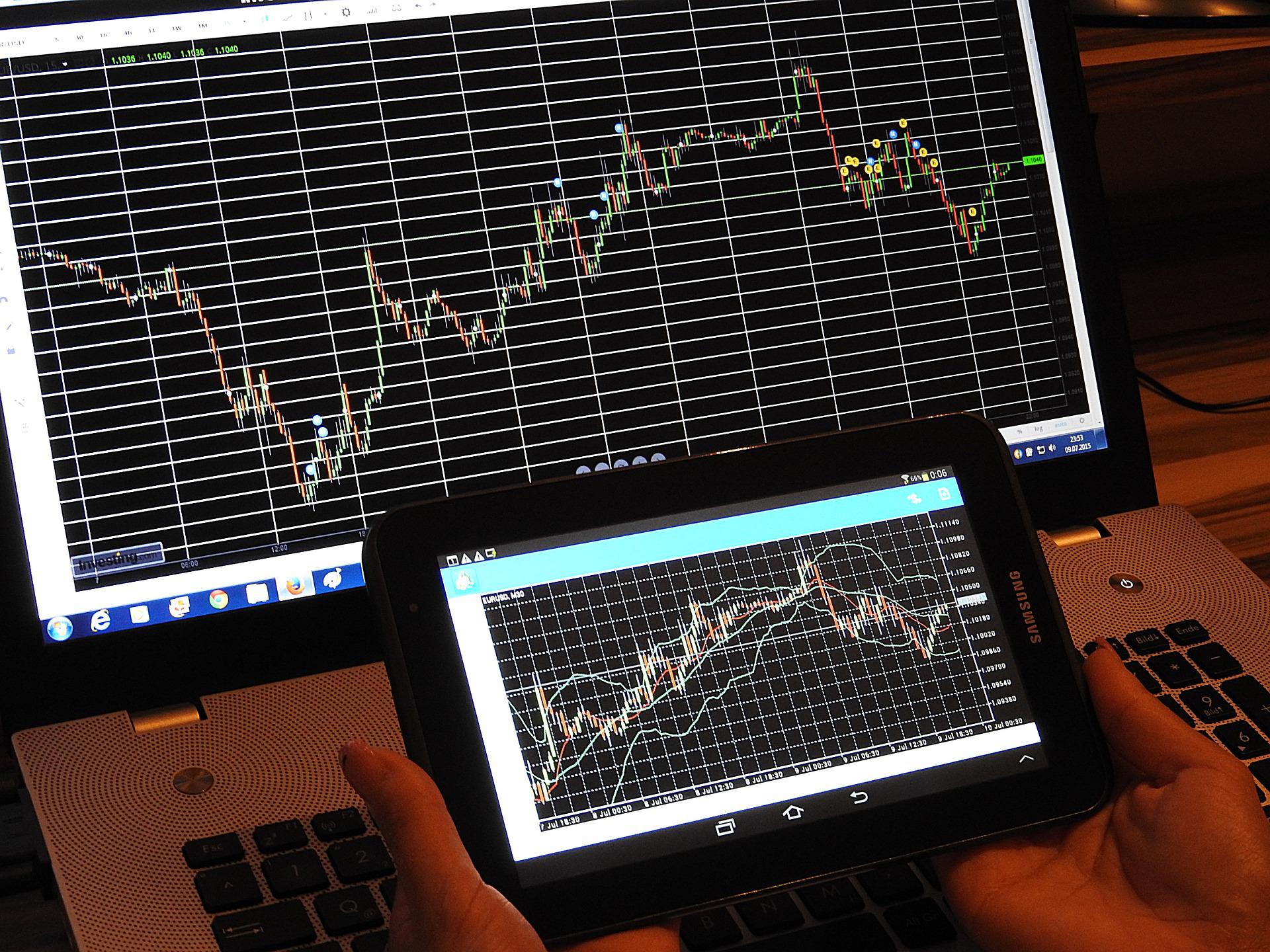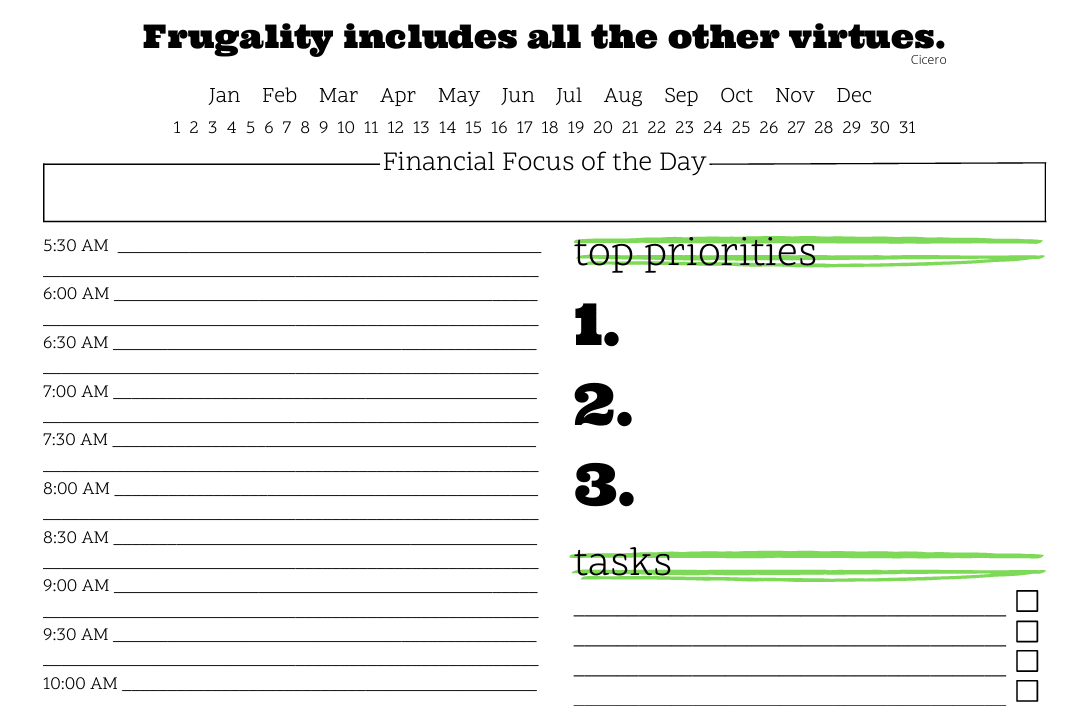This article may contain references to products or services from one or more of our advertisers or partners. We may receive compensation when you click on links to those products or services. Nonetheless, our opinions are our own.
The information presented in this article is accurate to the best of our knowledge at the time of publication. However, information is subject to change, and no guarantees are made about the continued accuracy or completeness of this content after its publication date.

Updated by Albert Fang
To become a successful trader, it’s essential that you specialize. You could specialize in several ways, for example, by focusing on certain assets, specific markets, or most importantly, on a particular trading strategy. Specialization allows you to bypass having to analyze loads of data. Instead, you can focus on a certain strategic area where you have the edge over the competition.
Here are the four core strategies a CFD trader must understand. Even if you don’t use all of them, understanding the mechanics behind each one will improve your ability and productivity as a trader.
Understanding the Basics
Before we jump into the four strategies, here’s a basic overview of some trading terms you’ll need to know, whether you’re trading stocks, bonds, cryptocurrencies, or CFDs.
- Leverage: Using borrowed funds to increase your trading exposure and risk, in the hope of boosting profits.
- Margin: The amount of money required to open a trading position with leverage.
- Security: A tradable financial asset.
- Equity: A unit of ownership of a company, also called shares and stocks.
- Pips: (percentage in point, or price interest point) the minimum price movement in an exchange rate. Price moves in FOREX are measured in pips.
- Stop-loss: An automated trade order you set up to close a position when losses reach a certain level
- Take-profit: An automated trader order you set up to close a position when profit reaches a certain level.
4 Strategies a CFD Trader Must Know

These four strategies form the basis for many other types of trading. Some are day trading strategies used to profit from market moves over seconds, minutes, or hours. Others are longer-term strategies designed to profit over years or months.
Pair Trading
Pair trading is an extremely flexible trading strategy that can be used in many different markets and with many different kinds of securities. It involves finding a pair of tradable assets that historically have a correlated price and then taking out positions to bet the pair will converge back together again.
Pros and Cons
Pros:
- You don’t need to know which stocks will go up or down, only that the prices are likely to converge.
- You don’t necessarily need to understand the underlying markets in-depth, only be able to find statistical correlations.
- The downside risk is generally lower than with other trading strategies, as you’ve opened both short and long positions on correlated securities.
Cons:
- Opportunities for pair trading can be hard to find.
- If you missed something important that has caused the correlation to break, the trade will be unprofitable.
- It can be tricky to set the right take-profit and stop-loss orders on pairs of trades.
In Practice
Say the prices of stock A and stock B have historically been closely related to each other. When stock A goes up in price, stock B tends to go up as well. You’ve determined there is a correlation, now you can exploit it. The next time the prices of the stock diverge (one goes up or down much more than the other) you short the overperforming stock and open a long position in the underperforming stock. As the pair converge back together, you’ll profit from either your short or long position (depending on which one rose or fell).
Breakout Trading
It’s common for securities to trade within a certain band, or price range, as there is “resistance” above and below that level. Then, when the price breaks through that resistance and out of that price range, it may continue much further. Identifying these price trading bands and where the “breakout” points occur allows you to profit from the subsequent price shifts.
Pros and Cons
Pros:
- Breakout trading only requires you to be able to read a candle chart and know about resistance levels and the different types of trading patterns. You don’t really need to understand the fundamentals of that security.
- Breakout trading allows you to get in trends early to maximally profit.
Cons:
- Optimal breakout trading opportunities can be hard to find.
- False breakouts are common, eating away at your profits.
In Practice
For example, you may see that Bitcoin is trading within the price band of $44,000 – $47,000. Whenever the price drops to the low end, resistance pushes it back up, and when it reaches the high end, resistance pushes it back down. You set up an order to buy when the price exceeds (or breaks out of) the $47,000 level. When it does, it rises to $50,000 and you take your profit.
Alternatively, it could drop back down, and your stop-loss will automatically close your position to cut your losses. This strategy can be successfully applied to other cryptocurrencies, like the trending Shiba Inu.
News Trading
News trading is mostly self-explanatory. It involves pre-empting how news announcements will affect a certain market, and profiting from the moves before others.
Pros and Cons
Pros:
- Opportunities are massive as news happens constantly.
- Can be semi-automated in some circumstances (not for beginners).
Cons:
- Need to have constant attention on the news, speed is everything.
- Need to have a deep understanding of what news signals on the market to look for.
In Practice
For example, you know that an earnings announcement is coming up for a certain stock. This news will have an impact on its stock price. In advance, you set up two trades ready for when the news hits. One is designed to profit from the price rise if the announcement comes in above expectations. The other profits if the announcement comes in below market expectations. You ensure you’re well-connected to the source that will release the information and execute your trades immediately when the news is released.
Position Trading
Position trading is typically a more long-term strategy than the others mentioned on this list. It involves identifying a price trend, either up or down, and opening a position to profit from the full trend. This could either be with a short or a long position. When the trend peaks, you close your position and take your profit.
Pros and Cons
Pros:
- You don’t need to make as many trades as with other trading strategies. Much more of your resources will be locked up in long-term trades, so your day-to-day will be less erratic and stressful.
- There are many trend analysis tools available on trading platforms to support this method.
Cons:
- You’ll need to have some understanding of the underlying fundamentals of the market to identify optimal exit points.
- It can take a long time for your trades to return a decent profit.
In Practice
For example, you see an uptrend emerging in oil due to supply disruptions, which will only likely get worse. You predict the likely peak price and open a long position in the commodity, largely ignoring day-to-day volatility. When the price reaches that point, you take your profit.
Conclusion
These four strategies are important for any trader to know. But, they are still just the beginning. Trading is an exciting hobby or career, and can also be highly profitable if you execute your strategy well. Just remember: always cover your losses. Staying in the game is more important than quick profits!

Reviewed and edited by Albert Fang.
See a typo or want to suggest an edit/revision to the content? Use the contact us form to provide feedback.
At FangWallet, we value editorial integrity and open collaboration in curating quality content for readers to enjoy. Much appreciated for the assist.
Did you like our article and find it insightful? We encourage sharing the article link with family and friends to benefit as well - better yet, sharing on social media. Thank you for the support! 🍉
Article Title: 4 CFD Trading Strategies You Should Get the Hang Of
https://fangwallet.com/2022/04/15/4-cfd-trading-strategies-you-should-get-the-hang-of/The FangWallet Promise
FangWallet is an editorially independent resource - founded on breaking down challenging financial concepts for anyone to understand since 2014. While we adhere to editorial integrity, note that this post may contain references to products from our partners.
The FangWallet promise is always to have your best interest in mind and be transparent and honest about the financial picture.
Become an Insider

Subscribe to get a free daily budget planner printable to help get your money on track!
Make passive money the right way. No spam.
Editorial Disclaimer: The editorial content on this page is not provided by any of the companies mentioned. The opinions expressed here are the author's alone.
The content of this website is for informational purposes only and does not represent investment advice, or an offer or solicitation to buy or sell any security, investment, or product. Investors are encouraged to do their own due diligence, and, if necessary, consult professional advising before making any investment decisions. Investing involves a high degree of risk, and financial losses may occur including the potential loss of principal.
Source Citation References:
+ Inspo












































